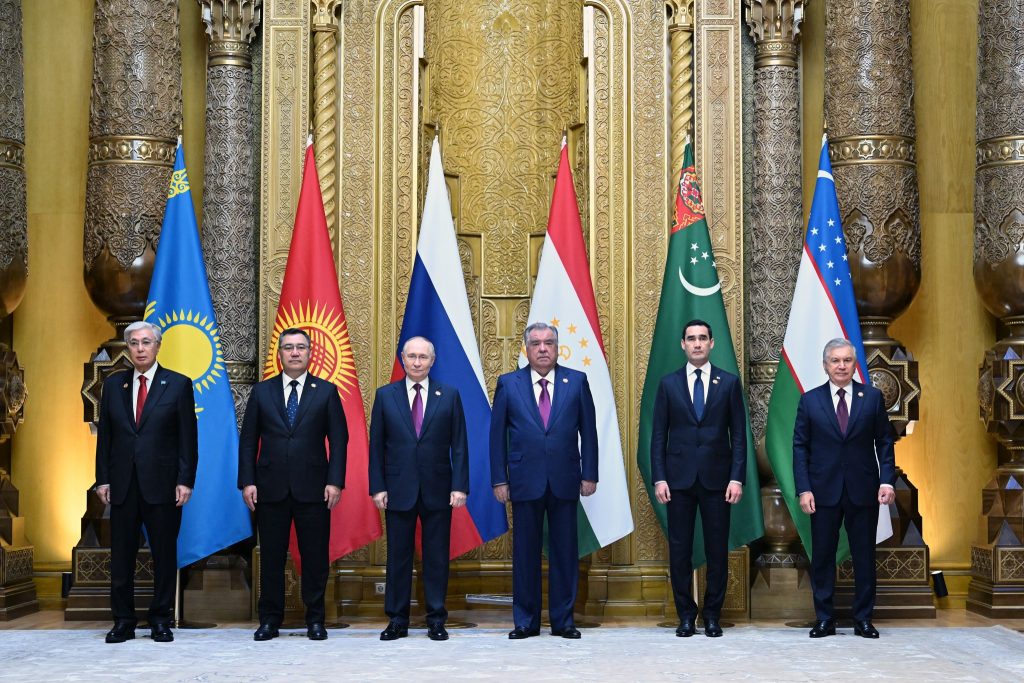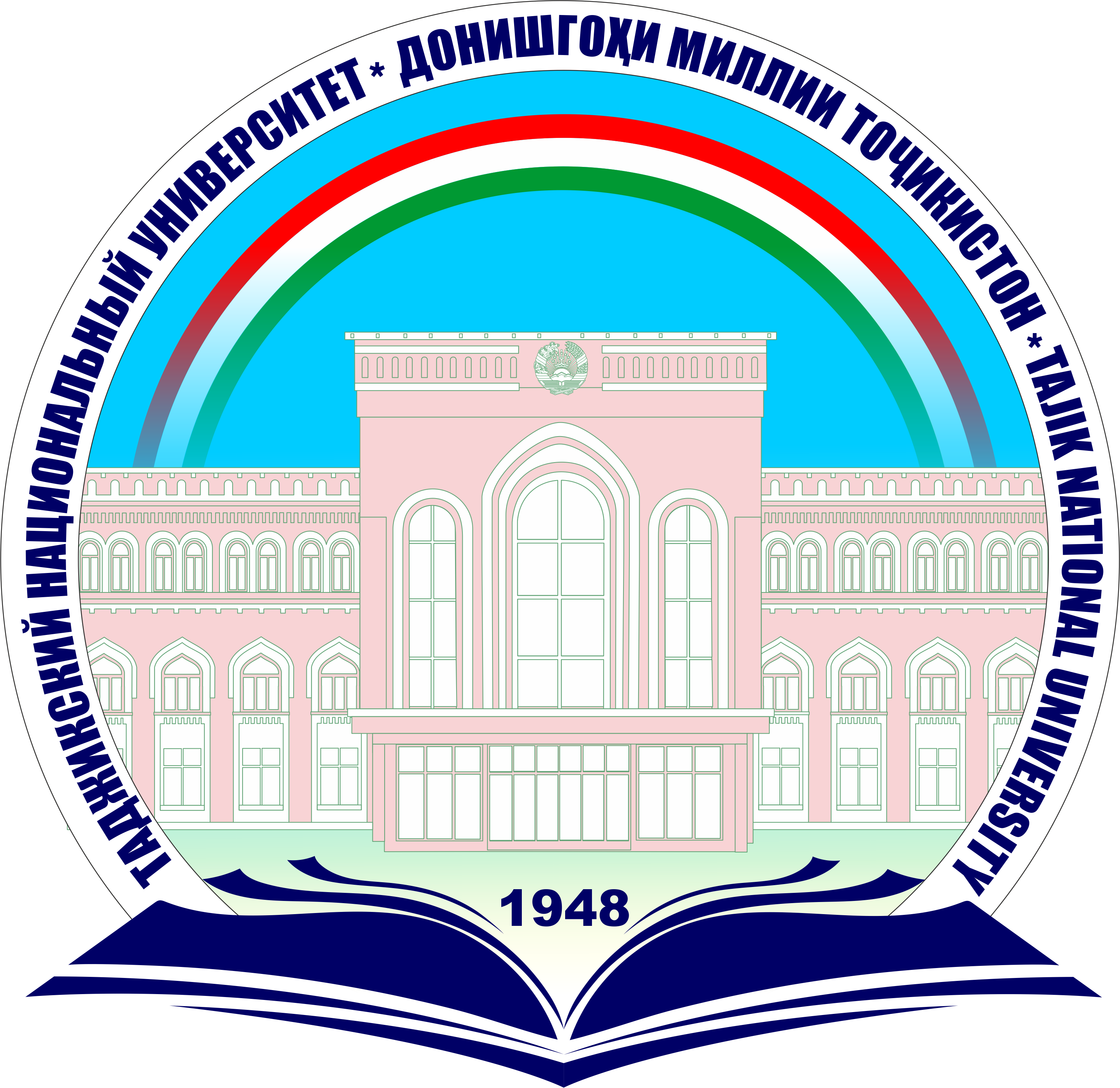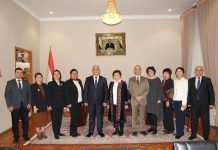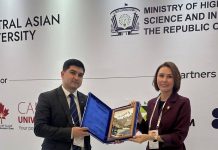A little over a century ago, Central Asia remained on the periphery of global politics, largely isolated from international developments. Today, however, the region has become a key arena of geopolitical and geoeconomic interest. This transformation is driven by Central Asia’s strategic location, vast natural resources, and emerging potential as a hub for connectivity and trade. This paper explores the increasing relevance of multilateral cooperation platforms such as the C5+1 format, analyzing its implications for regional autonomy, international engagement, and strategic policy-making in a multipolar world.
In this context, an example, this is the format of multilateral cooperation of Central Asia – Russia, which is based on the principles of mutual respect and consideration of the interests of each state in the region and covers a wide range of cooperation. This cooperation model makes it possible to realize joint regional projects in almost all areas of strategic cooperation. Furthermore, Central Asia – Russia dialogue platform is a mechanism, which allows Central Asian countries to demonstrate regional unity and to coordinate their development priorities in dialogue with each other. By positioning themselves as a collective negotiating bloc, these states amplify their individual diplomatic weight and foster a new regional identity grounded in shared interests and mutual respect.
Actually, extension of relations with the Russian Federation on the basis of equality and mutually beneficial cooperation in political, defense, military-technical, economic, trade, investment, labor migration, science and education, information, cultural and other areas meets national interests of the Central Asian states and is considered to be an important factor of regional peace and stability.
Therefore, Russian President Vladimir Putin on October 9, attended the second Russia-Central Asia summit in Tajikistan’s capital Dushanbe, where leaders agreed to strengthen economic integration, expand energy and infrastructure cooperation, and enhance coordination on regional security. The summit brought together the leaders of former Soviet republics Tajikistan, Kazakhstan, Kyrgyzstan, Turkmenistan, and Uzbekistan alongside Russia, focusing on deepening regional cooperation. It is noted that during the summit, much attention was paid to trade, economic, investment and humanitarian issues, as well as joint efforts of states to ensure security in the region.
Our country’s President, Emomali Rahmon, noted that the active participation of heads of state and relevant bodies demonstrates the parties’ commitment to developing dialogue and strengthening strategic cooperation between the countries of the region and the Russian Federation.
During Central Asia – Russia Summit Russian President Vladimir Putin said Russia remains committed to strengthening its “strategic partnership and alliance” with Central Asian countries while expanding “mutually beneficial political, economic, and humanitarian ties.” He said Russia’s trade turnover with the five Central Asian states exceeded $45 billion last year, describing it as a “strong result” with “significant potential for further growth.” Indeed, Russia’s cumulative investment in the region has surpassed $20 billion, with around 25,000 companies operating with Russian capital.
At the end of the Central Asia – Russia Summit, the following results and conclusions were reached:
– Russia urged Central Asian states (Kazakhstan, Uzbekistan, Kyrgyzstan, Turkmenistan, Tajikistan) to increase trade; last year their combined trade with Russia was over US$45 billion.
– Much attention was paid to strengthening trade, economic, investment, and humanitarian ties, as well as joint efforts to ensure stability and security in the region.
– It was expressed that decisions taken following the discussions would create a foundation for bolstering the spirit of solidarity and mutual understanding between the participating countries of the Central Asia – Russia format.
– Attention was paid to Priority areas included promoting trade and economic cooperation, facilitating investment growth, expanding humanitarian ties, and strengthening regional security.
– Following the Summit, the final Communiqué of the Summit and the Joint Action Plan for 2025-2027 were adopted to advance regional partnerships across multiple sectors. In this context was suggested, that use of national currencies for settlements is being expanded to reduce dependence on foreign currencies.
– At the end of Central Asia – Russia Summit, Russian President Vladimir Putin announced that the Russian Federation and the countries of Central Asia (CA) adhere to common or similar approaches to world problems and coordinate their positions.
PAYVANDOV KH.B. Senior teacher of Department of International Relations, TNU










